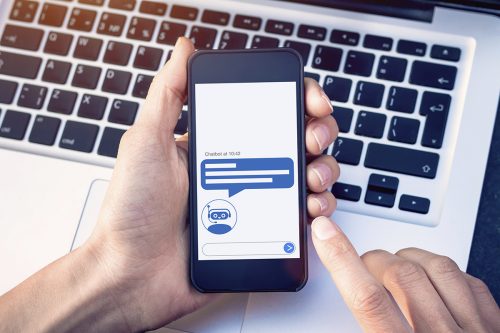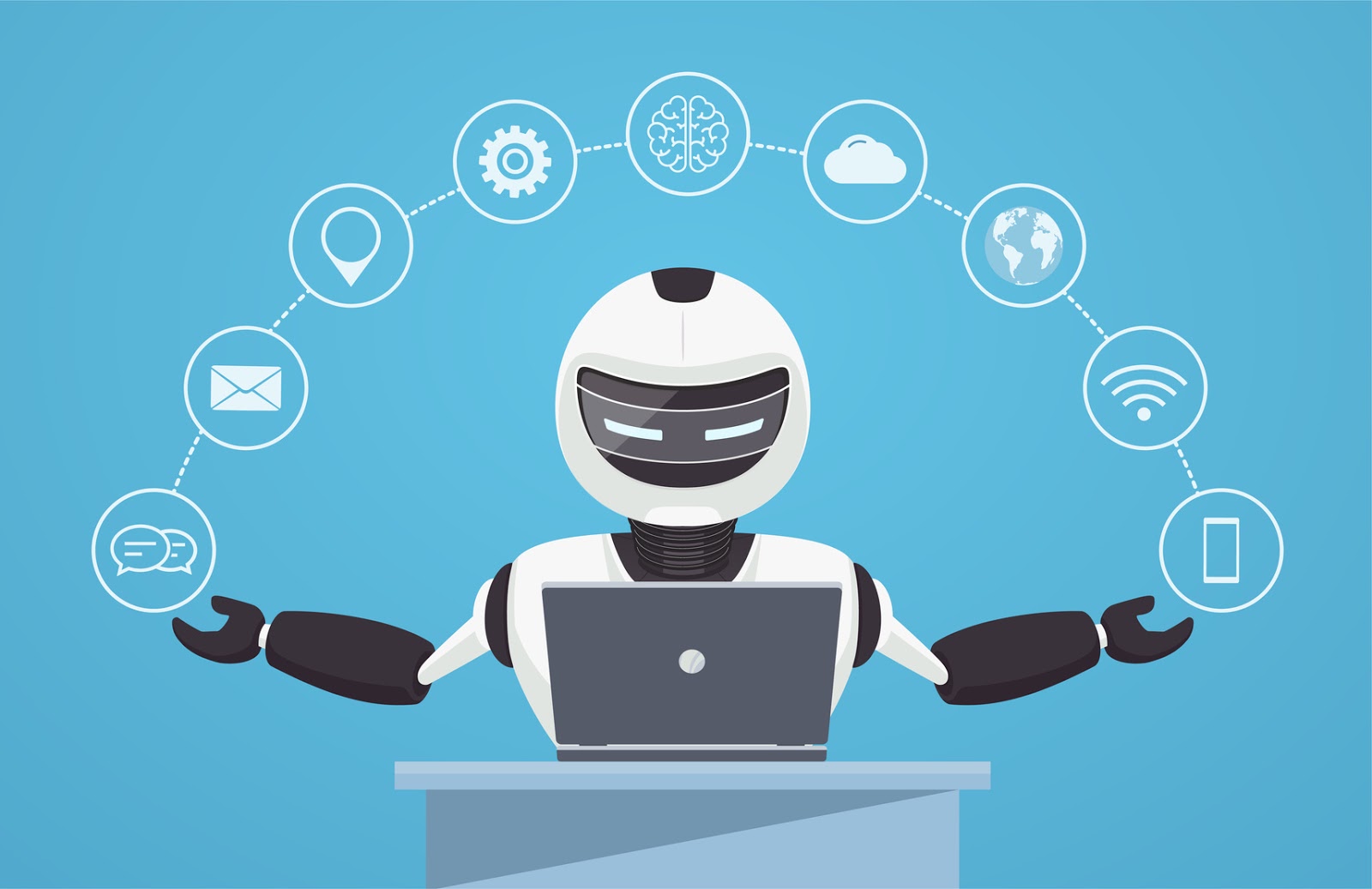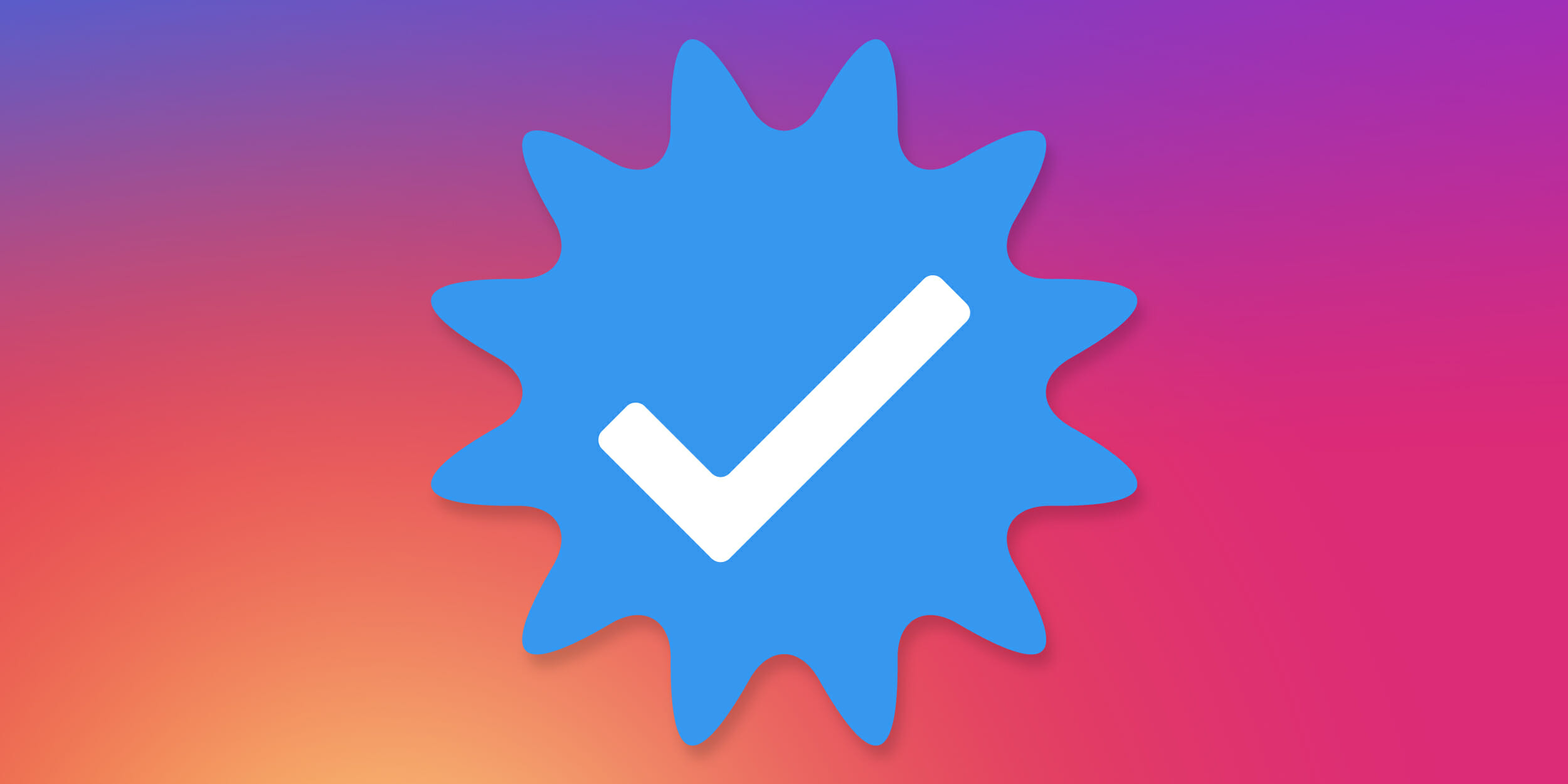Do you think the movie The Matrix is just a fairy tale? Even though we don't notice it, artificial intelligence has long occupied a significant niche in human life. And chatbots are proof of that.
Chatbot - is a program that simulates a conversation. Every day, its algorithm is changed and improved. Bots are used by many companies and are gaining popularity every year. It will not be surprising if chatbots completely replace humans in the service sector in some time.
Why do we need chatbots?
A chatbot is a computer program developed on the basis of neural networks that allows you to interact with customers in real time. Daily and uniform interaction with a large number of users is time-consuming and costly. Chatbots can solve this problem. However, automation is only appropriate when specific tasks are set. But modern bots answer not only a limited range of questions. The algorithm can interact with users in complex cases.
The dialog is carried out by rewriting when the user visits a specific website. When a chatbot is unable to answer a question, it switches to a live person. To effectively answer users' questions, a chatbot should have access to calendars, sales schedules, and contact information.
Advantages of chatbots
In general, there are two main types of chatbots:
✓ With elements of artificial intelligence that can self-learn and update the database independently.
✓ With a specific behavioral scenario and a fixed information base.
The main advantage of a chatbot is that a company saves on human resources. A chatbot provides consultations, communicates with customers, and can place orders instead of customers. Because.t works without days off and sick leave. Other advantages:
- round-the-clock support;
- fast response;
- the ability to communicate with several clients at the same time.
Unfortunately, chatbots can only answer specific questions. Therefore, user behavior that doesn't match the planned scenario confuses the bot. In an attempt to understand what the user wants, the program starts asking clarifying questions. Sometimes this leads to comical situations.

In what areas are chatbots used
Bots can be used in a variety of areas:
- to conduct interviews;
- for user consultation;
- to sign up for an electronic queue;
- for order tracking;
- for an advertising newsletter;
- for customer support.
But a chatbot is not always appropriate. Sometimes you need an individual approach to a client, in which case a bot will not be a full-fledged replacement for human staff.
Writing text for a chatbot
A chatbot is a program. It cannot improvise, does not understand sarcasm, and has no sense of humor. It only responds with the phrases that are written into it. The main features of the text for a chatbot:
- Use only specific and short phrases.
- Write down a clear structure. All answers should follow a logical chain.
- The bot should engage in a dialog with the customer, ask questions, and offer assistance options.
- Communicate in the company language
- Add emoticons to your text - they not only cheer you up, but also help you emphasize the important things in your text.
- Avoid complex terms.
- Do not allow familiarity.
- Teach the bot to give compliments.
Look at the bot through the eyes of the customer: is everything clear, can the customer easily find a solution to their problem?
It is important to write the first phrase correctly. It should demonstrate to the user all the capabilities of the bot. For example: "Good afternoon. I am your virtual guide. Can I help you choose your pajamas?" Marketers are still debating whether a bot should tell you right away that it is a program. Some people prefer human communication. Therefore, it is still recommended to make it clear that the customer is talking to a bot, but there is an option to switch to a human operator.
An important rule! Don't try to impersonate a bot. It is better to come up with its own story and character.









